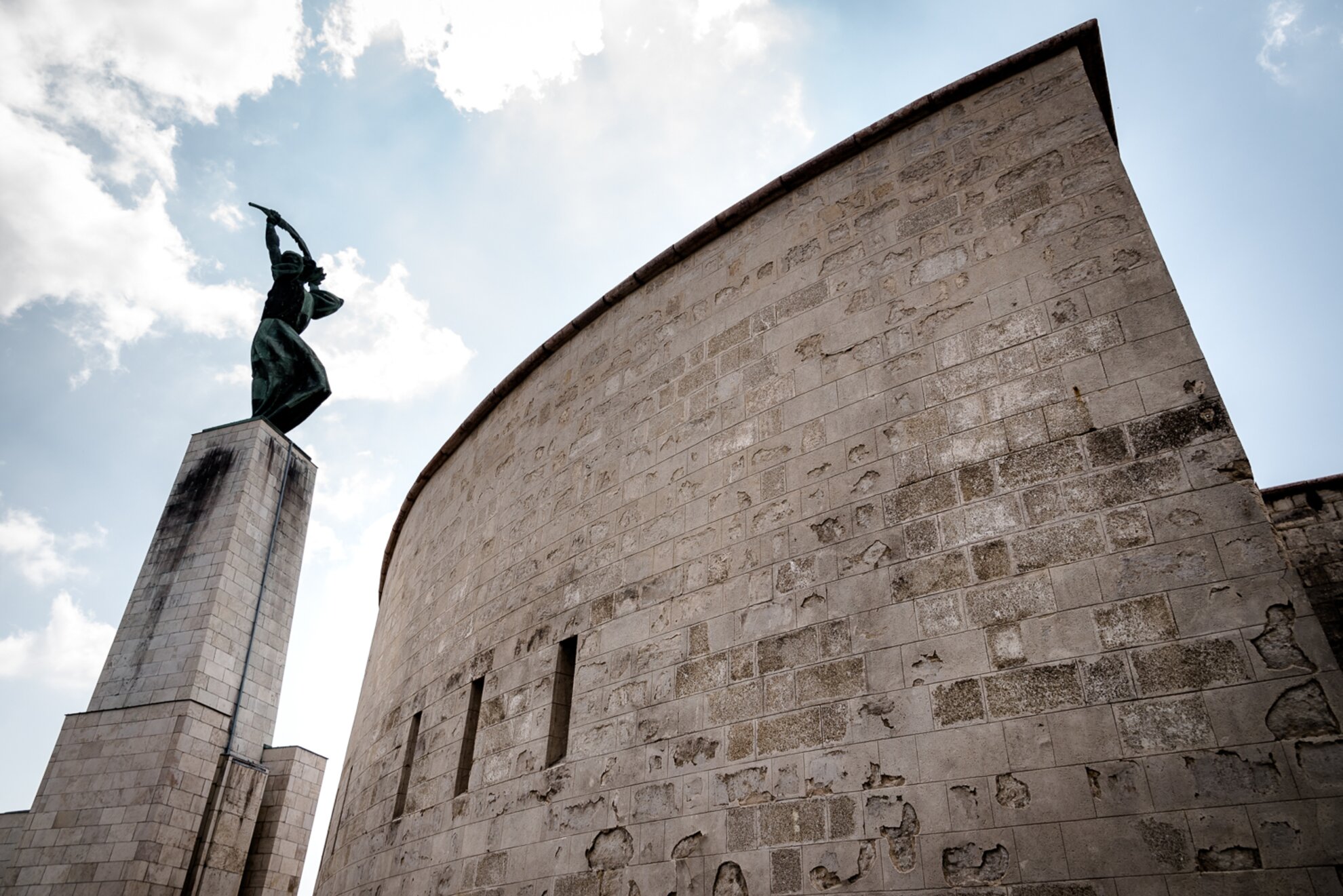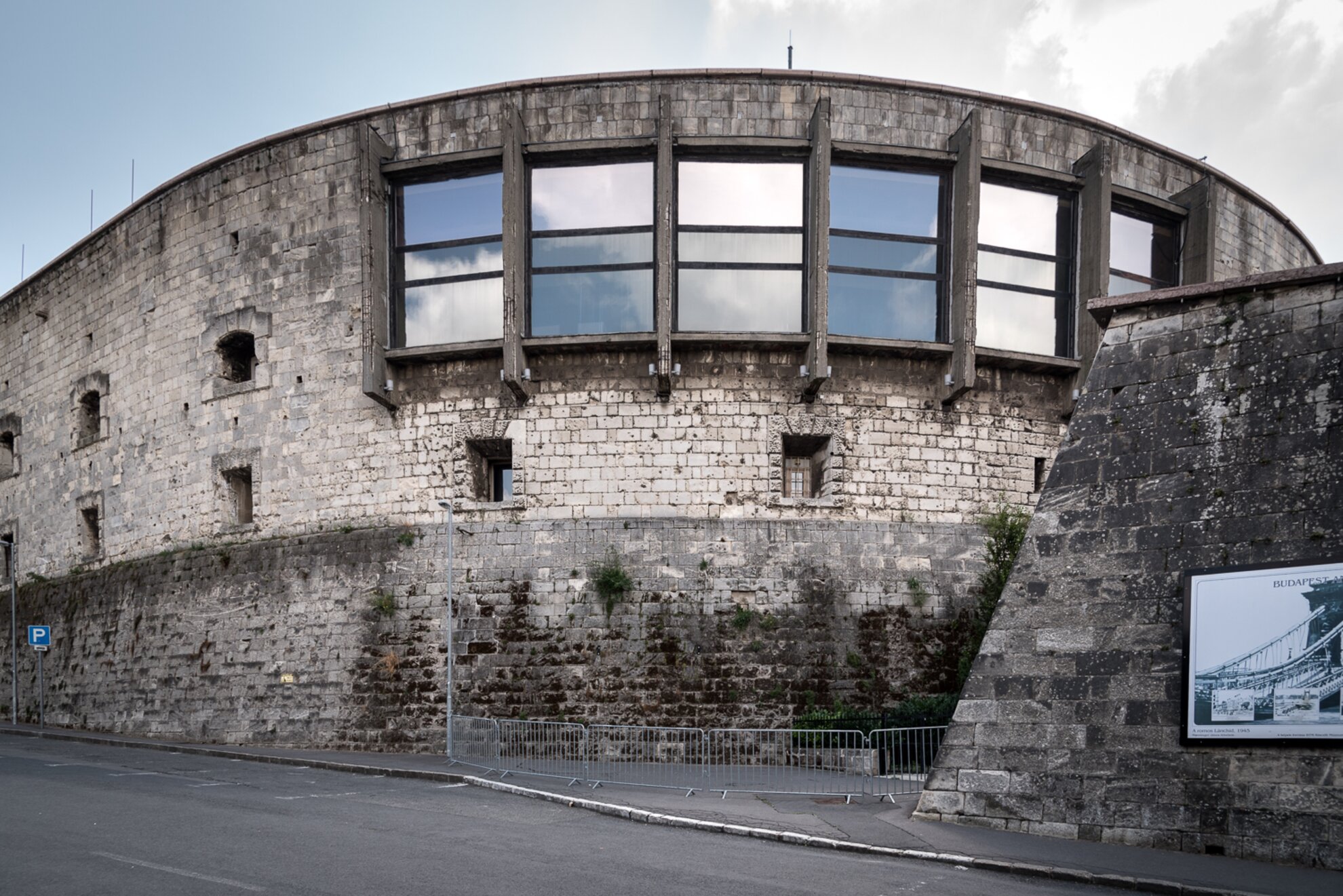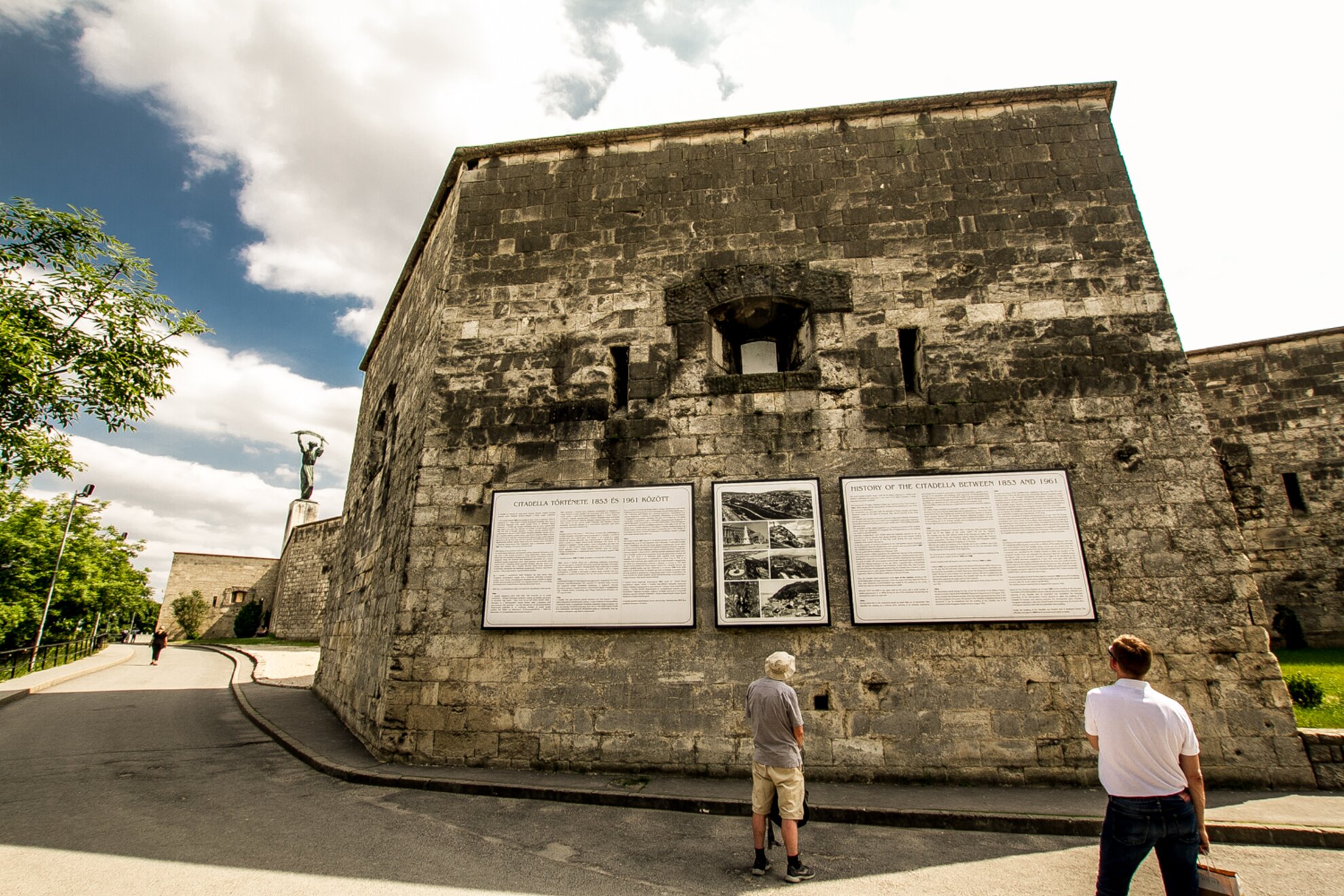
For decades, the area around Citadella fortress, built at the top of Gellért Hill by Austrian forces in the 1850s, has been a focus for debate but not transformation. Ideas from a cave railway to an adventure pool and some kind of tourist facility have been proposed, while another lobby calling for some kind of national memorial site.

Deeply embedded in the national psyche – Gellért Hill is named after the Venetian bishop martyred here by Hungarian pagans in 1046 – this prominent bluff also inspired Count István Széchenyi of Chain Bridge fame to create some kind of national pantheon here. Famed modern Hungarian architect Imre Makovecz also made plans for Gellért Hill.

For the last 70 years or so, gazing over Budapest from above Citadella, the Statue of Lady Liberty is most associated with the post-war Soviet occupation of Hungary, an era that most Hungarians would rather forget. What with its dominant role in Budapest’s cityscape and its symbolic import, Citadella therefore poses considerable challenges, architectural, political and historic.

According to a recent government announcement, a museum commemorating Hungary’s struggles for freedom will be now established in the Citadella building, its surroundings arranged and landscaped within this framework. The first phase of development will run until 2022 and, after the surveying, archaeological and design work, the renovation of Citadella’s inner courtyard and outer walls will begin.

The exhibition will be installed during the second phase in 2023, with preparatory work assisted by a panel of historians and experts. It is vital for such an important landmark to be facilitated by contemporary features, offering significant leisure activities beyond admiring the view, and placing the site’s historical past in a worthy national context – though this has many pitfalls.



